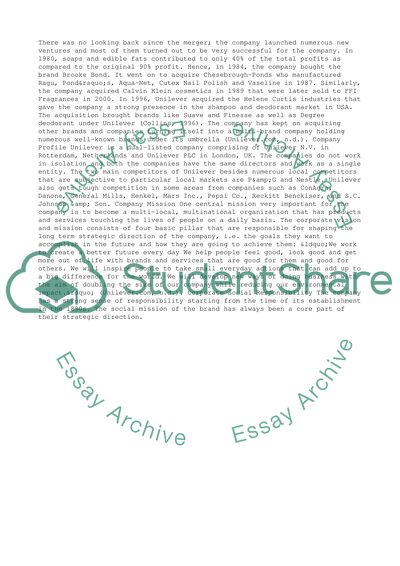Cite this document
(“Innovation Management: Unilever Research Paper Example | Topics and Well Written Essays - 3250 words”, n.d.)
Retrieved from https://studentshare.org/management/1415036-critical-evaluation-report-innovation-to
Retrieved from https://studentshare.org/management/1415036-critical-evaluation-report-innovation-to
(Innovation Management: Unilever Research Paper Example | Topics and Well Written Essays - 3250 Words)
https://studentshare.org/management/1415036-critical-evaluation-report-innovation-to.
https://studentshare.org/management/1415036-critical-evaluation-report-innovation-to.
“Innovation Management: Unilever Research Paper Example | Topics and Well Written Essays - 3250 Words”, n.d. https://studentshare.org/management/1415036-critical-evaluation-report-innovation-to.


